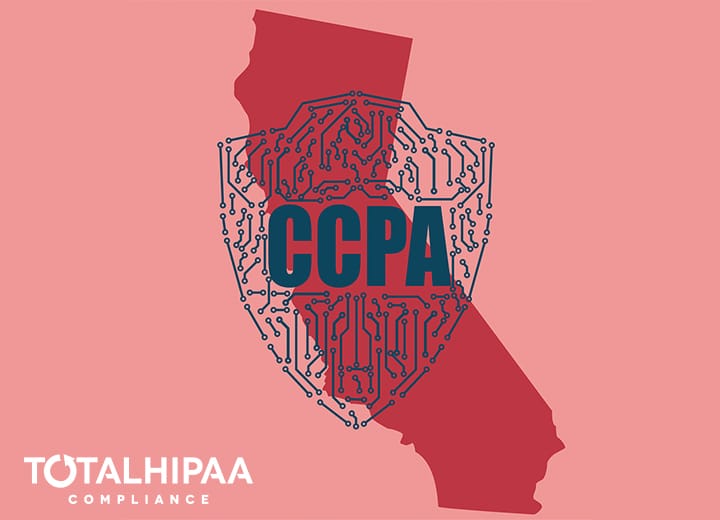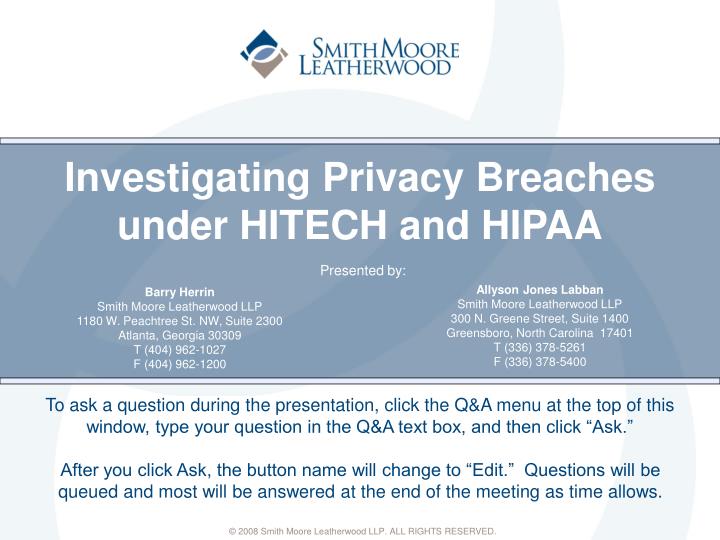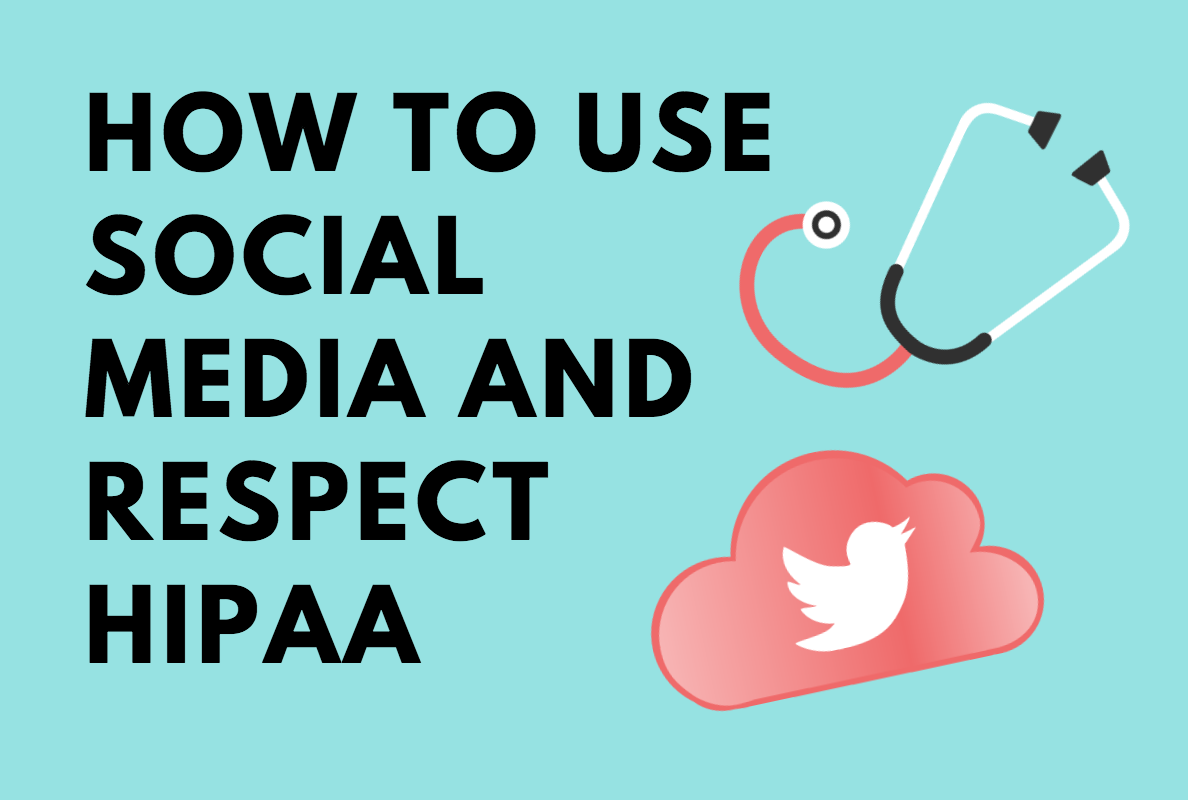

Specifically, Appendix D – Security Rule Standards and Implementation Specifications Crosswalk provides a catalog of the HIPAA Security Rule standards and implementation specifications, and maps each to relevant security controls detailed in NIST SP 800-53 Security and Privacy Controls for Information Systems and Organizations. The National Institute of Standards and Technology (NIST) SP 800-66 An Introductory Resource Guide for Implementing the HIPAA Security Rule, which addresses security concepts in the HIPAA Security Rule and explains how they relate to other NIST publications on information security.However, HIPAA and HITECH Act requirements have been mapped to other established security frameworks and standards that CSPs typically attest to:

There is currently no certification program approved by the US Department of Health and Human Services (HHS) through which a CSP acting as a business associate could demonstrate compliance with HIPAA and the HITECH Act. Among other things, a BAA establishes the permitted and required uses and disclosures of PHI by the business associate, based on the relationship between the parties and the activities and services being performed by the business associate. HIPAA regulations require that covered entities and their business associates enter into a contract called a Business Associate Agreement (BAA) to ensure the business associates protect PHI adequately.

When a covered entity engages the services of a cloud service provider (CSP), such as Microsoft, the CSP becomes a business associate under HIPAA. HIPAA further applies to business associates of covered entities that perform certain functions or activities involving PHI as part of providing services to the covered entity or on behalf of the covered entity. HIPAA applies to covered entities – doctors’ offices, hospitals, health insurers, and other healthcare companies – that create, receive, maintain, transmit, or access PHI. The scope of HIPAA was extended in 2009 with the enactment of the Health Information Technology for Economic and Clinical Health (HITECH) Act that was created to stimulate the adoption of electronic health records and supporting information technology. The Health Insurance Portability and Accountability Act of 1996 (HIPAA) and the regulations issued under HIPAA are a set of US healthcare laws that, among other provisions, establish requirements for the use, disclosure, and safeguarding of protected health information (PHI).


 0 kommentar(er)
0 kommentar(er)
